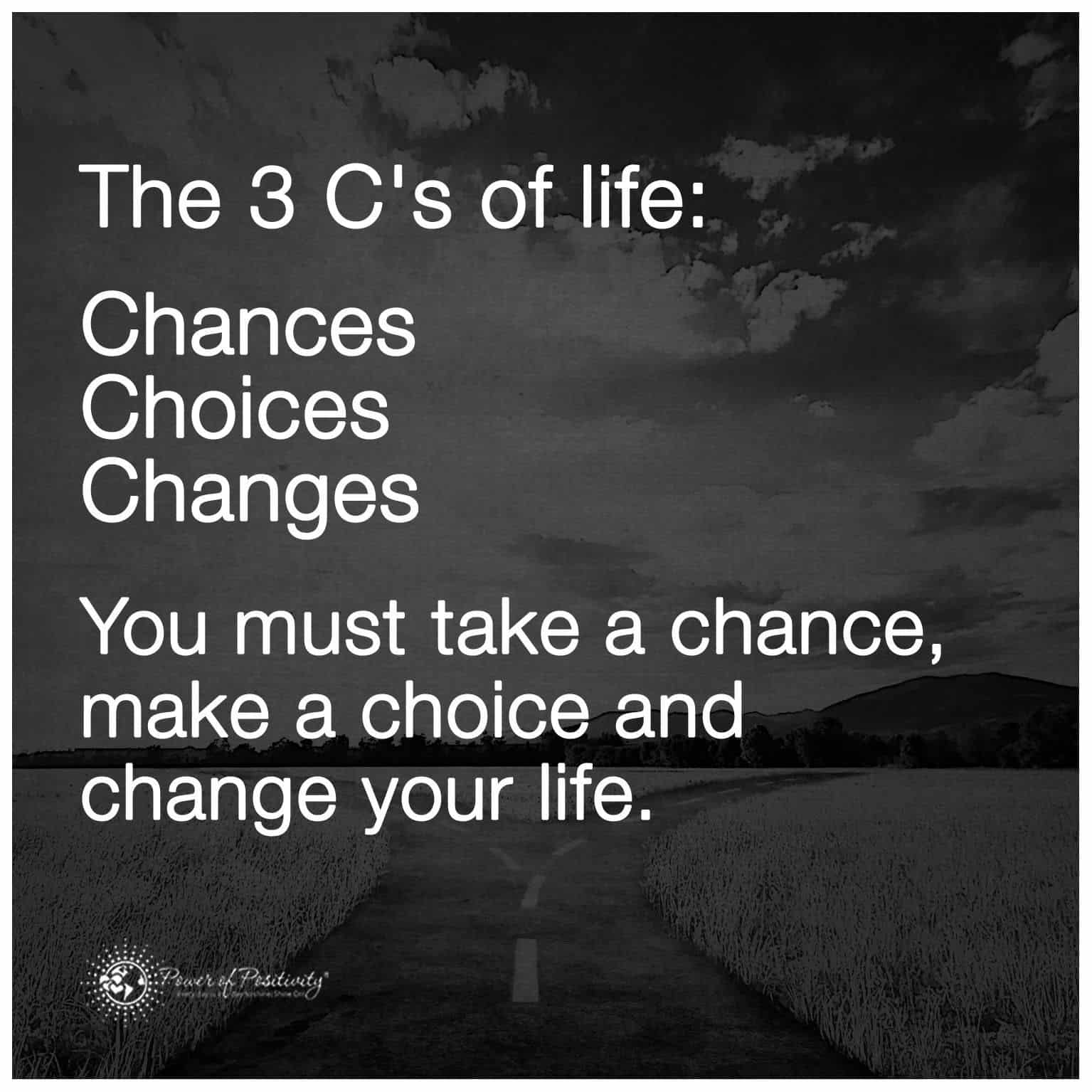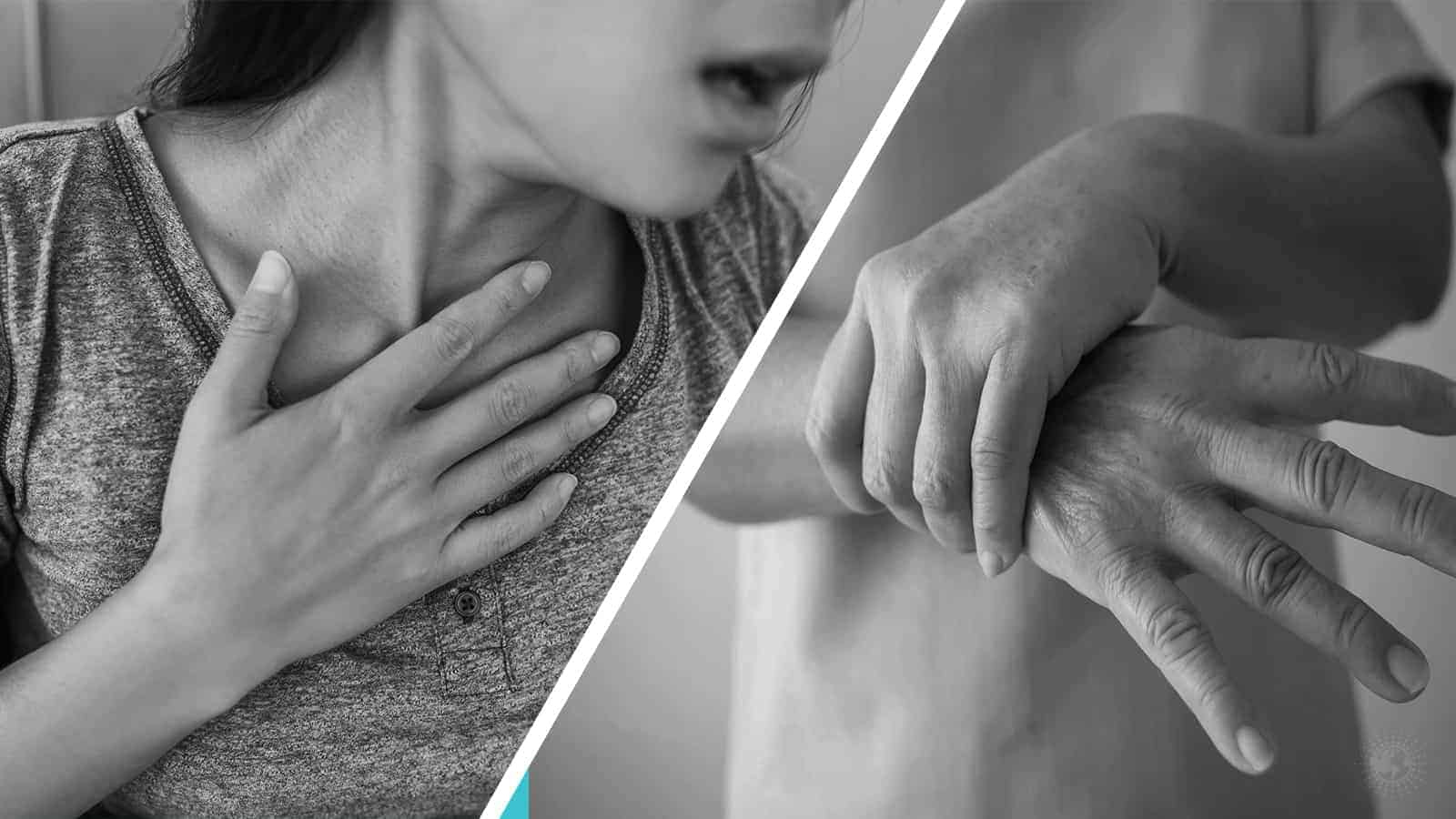Do you know the symptoms of a stroke? While there are some variations in the signs between men and women, universal symptoms shouldn’t be ignored. Did you know that stroke is a leading killer among women?
The CDC states that the risk increases for women once they reach the age of 55, and one in five ladies will experience a stroke between the ages of 55-75. It’s the fifth leading cause of death in this country, and it kills just as many men as prostate cancer and dementia combined.
Remember to Act Fast When You See the Symptoms of Stroke
In 2018, one out of every six deaths in this country was due to strokes, so it’s easy to see that education on this life-threatening condition is necessary. First and foremost, you must memorize the acronym created by the ASA or American Stroke Association. It can save your life, and it’s easy to remember.
 F- Face drooping weird sensations
F- Face drooping weird sensations
A- Arm weakness, or cannot raise them
S- Speaking difficult or trouble getting your mouth to move
T- Time to call for help
Increased Risk Causes and Symptoms of a Stroke That Most People Ignore
While these are the most evident symptoms of a stroke, there are many others that you must consider. Here are 15 warning signs or things that put you at a higher risk that you must familiarize yourself with immediately.
1. Hiccups
Hiccups are a common problem that can happen when you ingest too much air. However, they can also be a sign that there’s an issue with circulation on or near the brain stem. While one bout of the hiccups is not enough to run to your doctor over, if you continue to have these annoyances over a specific period, then it should be evaluated.
2. Hallucinations
One of the main symptoms of a stroke is changes in your vision. However, hallucinations are also commonplace. When there are posterior circulation issues inside the brain, the occipital lobes are affected.
These lobes can cause a person to see or hear things that aren’t there, like a person in psychosis. If anyone you know starts developing severe mental changes and seeing things unusual, don’t rule it as a mental illness until they’ve been evaluated. It’s mainly concerning when it accompanies any of the other symptoms on this list.
3. Birth Control Pills
Did you know that women who take birth control pills are at a higher risk of having a stroke? Sadly, a study found that only 11 percent of the women who take these pills know the risks. Oral contraceptives more than double the chances of a stroke, which may not be worth the threat.
These pills contain estrogen that increases the chances of developing a blood clot. If a woman takes birth control pills and sees an increase in her blood pressure, then it’s a sign that she should report to her doctor immediately.
4. Early Menopause
When a woman goes from menstruating every month into menopause, it alters her risk of developing a stroke, specifically if she begins this process before reaching 45 years of age. Another interesting factor is that women who start their periods before the age of ten are also at an elevated risk.
When a lady has her period, she produces high levels of hormones, specifically estrogen. If she has longer or shorter levels of this hormone production, it puts her at an increased chance of developing a stroke.
5. Numbness on One Side of Body
Men are more apt to experience numbness that radiates down one side of their body with a stroke. Women will get numbness too, but men are the ones that usually have it affect an entire side. If numbness starts at the head and radiates down one side of the body, get help immediately.
6. Migraines or Chronic Headaches
Chronic migraines are a painful problem, but any continuous headaches must be evaluated. Did you know that these headaches occur more commonly in women? An aura is a visual disturbance that warns a person that one of these excruciating headaches is coming.
However, migraines are quite dangerous because they restrict the brain’s blood vessels, which means they can cut off the blood supply to the affected area. Therefore, messing with blood flow increases the chances of a stroke.
7. Mental Health Difficulties
While having a mental health issue is not commonly a symptom of a stroke, there is some elevated risk due to high blood pressure. Stress often accompanies anxiety and depression, which makes a person more disposed to these brains related events.
The brain region called the amygdala is affected by stress, and any issues in this area only elevate the chances of a blood clot or bleed.
8. Atrial fibrillation (AFib)
AFib is a dangerous situation where the heart gets out of rhythm. Many people don’t even know they have this condition until they experience some serious event. When the heart is not in proper rhythm, the body is not getting oxygen pumped to all the organs correctly.
The brain needs oxygen to function, and AFib can cause your body to form a clot too. Your chances of having a stroke significantly increase with AFib.
9. Autoimmune Disorders
Having an autoimmune disease has become commonplace. Sadly, those who have these conditions are more likely to develop a heart attack or stroke. The main problem is that inflammation is a symptom, and any inflammation in the body can cause difficulties. Conditions like lupus, rheumatoid arthritis, multiple sclerosis, and celiac disease are among the top diagnosed.
10.Nausea or Vomiting
Nausea and vomiting are two symptoms that can occur with hundreds of illnesses, so it’s easy to see why one might overlook them as a sign of a stroke. When the blood flow issue is in the brain’s cerebellum area, then these symptoms are likely to occur.
An aneurysm is a blood vessel that bursts inside the brain, and it can also cause what is known as intracranial hemorrhage strokes. All these things can cause a person to be dizzy, nauseous, and feel the need to vomit.
11.Trouble Breathing
The first thing that comes to a person’s mind when they have shortness of breath or chest pains is that they’re having a heart attack. It can be a warning sign of a heart attack or stroke.
This seems to be a hot area for activity because the respiratory centers and nerves are located here. Any pangs in this area need to be evaluated immediately as a stroke can be stopped if caught in time.
12. Loss of Balance
Many older people don’t think much about the loss of coordination or balance. While most balance disorders are attributed to the inner ear, the cerebellum also helps with your balance and coordination. Any blood clots or bleeding in this area of the brain can cause these weird sensations.
13. Vision Disturbances
The visual disturbances that occur with migraine headaches are called auras, but other visual disturbances may appear when the frontal lobes are involved. A person suffering from symptoms of a stroke may experience derealization or depersonalization, which is where things look cartoon-like and weird. Any pressure on those lobes can cause your visual fields to be off-kilter.
14. Behavioral Changes or Agitation
Did you know that a study found that women usually have non-traditional symptoms when it comes to a stroke? Men often ignore things like changes in their mental status, but women report such occurrences more frequently. When the stroke affects areas responsible for both your personality and memory, then the stroke is occurring within the frontal lobes.
Women tend to have strokes in this area more-so than men. Any changes in behavior or agitation can come from a blood flow issue to the front part of the brain.
15. Fainting or Seizures
Have you passed out or fainted and blamed it on low blood sugar or stress? One of the symptoms of stroke is fainting, so any of these episodes should be evaluated. Women tend to have fainting spells with a stroke more so than men because they tend to have these medical complications in the back of the brain more than in other areas.
 Final Thoughts on Stroke Symptoms
Final Thoughts on Stroke Symptoms
Many people experience symptoms of a stroke, but they don’t want to get help. They often downplay the events until they are so bad that they become unconscious and suffer greatly. The body does give you warning signs that something isn’t right, and many times you only have minutes to act.
It’s better to be safe than sorry, so get checked out if you see any of these symptoms of a stroke come on suddenly. Modern medicine can reverse a stroke in many cases, but it can only help if it’s caught in time. Remember F-A-S-T and know when to get help.




















